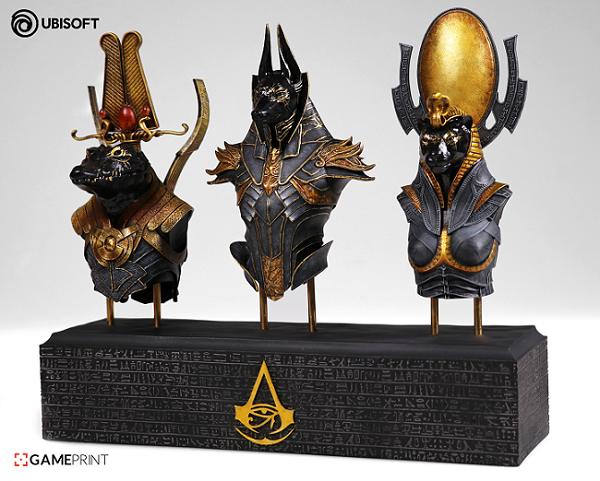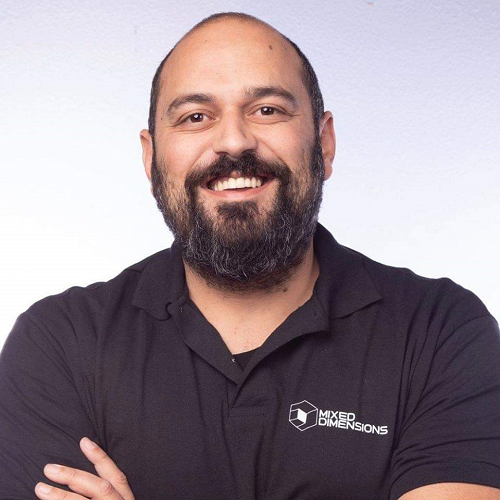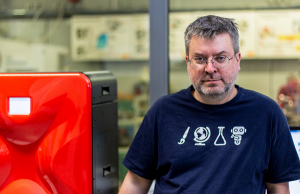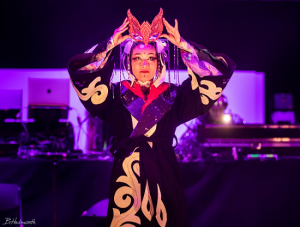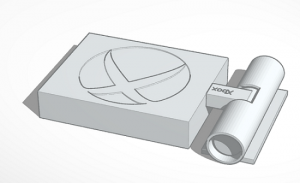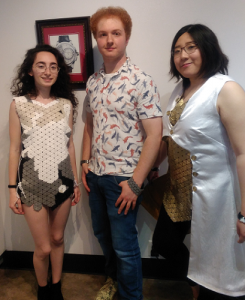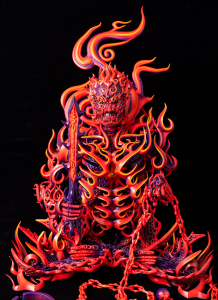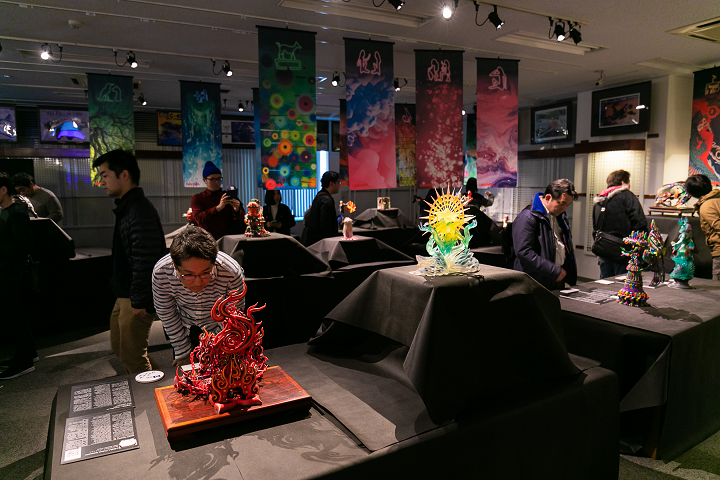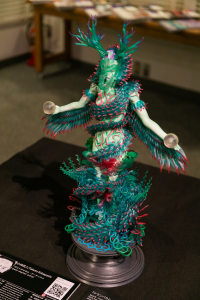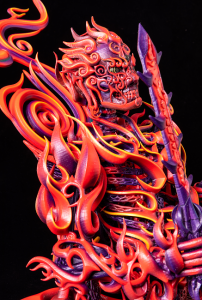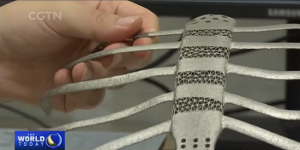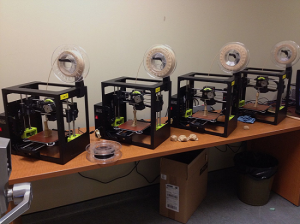Integrated reality and 3D printing technology startup Mixed Dimensions (Mxd3D) has announced a global strategic partnership with Mimaki Engineering Co., Ltd, a top company in the digital printing sector and developer of high-resolution, full-color 3D printing systems. The partnership will be focused on 3D printing and modeling services, as well as 3D software.
Mxd3D was founded seven years ago by Muhannad “Mo” Taslaq and Baha Abunojaim in Jordan, but is now headquartered in San Francisco, California. The company, which is backed by several top-tier venture firms such as Silicon Badia and Susman Ventures, started out as web-based software for 3D designers to upload their work and verify that their designs would come out correctly, and eventually established the leading GamePrint software platform and MakePrintable cloud-based 3D CAD file repair software as its core technologies.
Both of its platforms make it easy for developers of digital intellectual property (IP), and specifically gaming companies, to create and provide 3D printed full-color versions of their important assets. Once someone places a request, the products are 3D printed in San Mateo, and can then be shipped to customers all over the world.
Mimaki is a leader in the industrial products, sign graphics, and textiles & apparel markets, and has already committed a significant amount of resources to its new partner, including an equity investment and some of its breakthrough, high-quality 3D printing hardware.
“Our experience working with Mimaki Engineering has been extraordinary,” stated John Vifian, Mixed Dimensions’ President and COO, in a press release. “Working closely together, we have unlocked manufacturing capabilities that were heretofore simply impossible, and what we have already achieved is only the beginning.”
Mixed Dimensions’ CEO Taslaq said, “Mixed Dimensions is building the merchandising factory of the future, to meet the growing global demand for personalized collectible objects.”
Mr. Ikeda of Mimaki will be joining the board of directors at Mixed Dimensions, along with Taslaq, Pascal Levensohn of Dolby Family Ventures, Gilman Louie of Alsop-Louie Partners, two of the other venture firms which back Mixed Dimensions.
“We are very excited to welcome Ikeda-san as an independent director,” Tom Kalinske, Executive Chairman of the Mixed Dimensions board, said in the release. “Mimaki is the clear leader in full-color 3D printing, and we are proud to have them as a strategic partner and investor.”
The newly announced collaboration between these two companies will likely speed up the expansion and growth of the worldwide market in full-color 3D custom game collectibles, which have been increasing in popularity over the last few years.
What do you think about this? Discuss this story and other 3D printing topics at 3DPrintBoard.com or share your thoughts in the Facebook comments below.
The post Mixed Dimensions & Mimaki Partnering to Bring 3D Printed Gaming Collectibles to the Market appeared first on 3DPrint.com | The Voice of 3D Printing / Additive Manufacturing.

